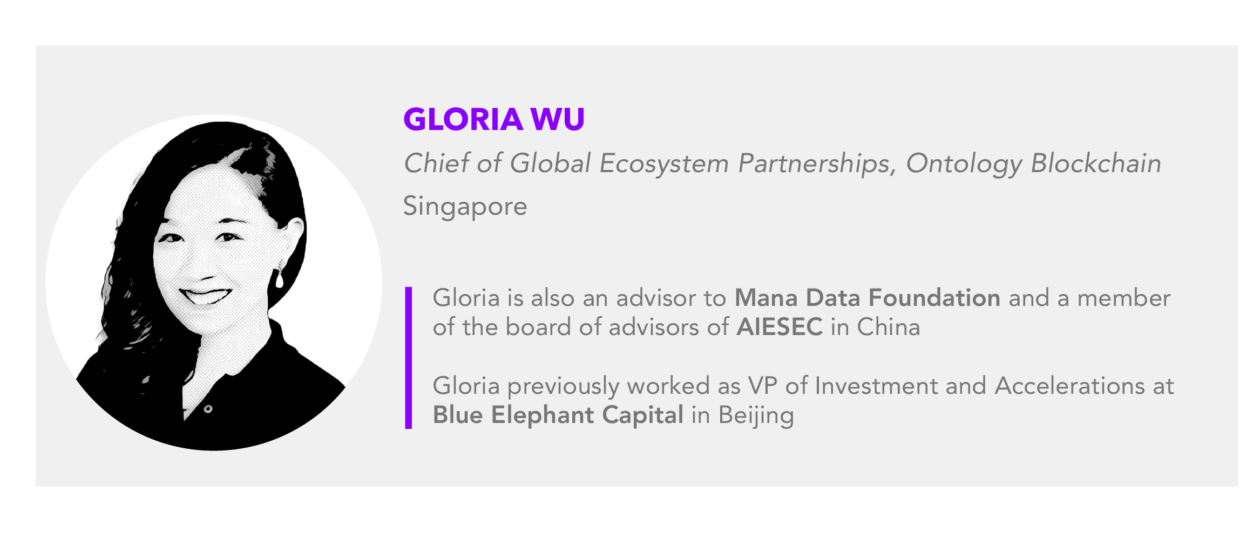Facebook recently brought the metaverse to the mainstream by rebranding itself as Meta. Aside from investing US$50 million, the company also announced plans to create 10,000 new jobs across Europe to help it bring the metaverse to life. Some have argued that this move is a ploy for the tech giant to distance itself from existing privacy and data security scandals. Others claim that — as well as looking to capitalize on Europe’s extensive tech talent — the decision to base metaverse jobs on the continent will be used to reduce scrutiny on Meta’s practices and help the company influence E.U. tech legislation. Taking a more positive view, there’s no doubt that Facebook’s entry into the metaverse will help bring an influx of capital and brilliant innovators together to build the infrastructure of its metaverse. The rebrand news has already helped bring the idea of a metaverse to mainstream consciousness, promoting the utility and fun that can be found there.
As new entrants to the market carve out a vision for the metaverse, it is important that decentralization and shared ownership are prioritized. Service providers like Facebook and Amazon are centralized identity providers, meaning that users’ digital identities on their platforms are created and stored on centralized systems. They are the predominant technology provider, decision-maker and data-houser for their services. As we have seen over the past few years, tech companies using centralized technologies to underlie their infrastructure are often poor custodians of our data and user interests.

In contrast, decentralized networks built on blockchain can help to ensure no single entity has monolithic control over a given technology. Blockchain will be essential for creating a thriving metaverse and providing the decentralized infrastructure needed. Indeed, for the metaverse to survive and not simply be a reenactment of the previous failings of the web, it needs to be open-source, interoperable and controlled by the masses, not the few.
The shortcomings of Web 2.0, the second iteration of the internet, coupled with the existence of public blockchain technology, have helped to gradually make people more aware of privacy, data rights, censorship, and identity issues. As we move towards a more decentralized Web 3.0, we need to consider the kind of internet and solutions we want to underscore in the metaverse and other developments. The metaverse and the wider decentralized web are all about the convergence of physical and digital worlds. As such, having an interoperable, open-source public chain will be essential for ensuring that various virtual worlds can interlink and overlap each other in a seamless way.
Although “traditional” public chains are still the core carriers of the Web3 digital economy, in the context of industry innovations in decentralized finance (DeFi) and non-fungible tokens (NFTs), changes are needed to help bear the weight of the industry. Block size limitations, slow confirmation speeds, and network bandwidth have harmed some projects. At the same time, various layer-2 solutions differ greatly in their implementation mechanisms, and practical applications are more demanding. If the two-layer solution cannot solve the incompatibility problem, then interoperability will not be possible and the metaverse will become a void of siloed virtual worlds that differ greatly in quality.
To meet the demands of a decentralized metaverse, developers will need to overcome three key issues: interoperability, user empowerment, and credit mechanism. Blockchain is still a niche market and one of the main reasons for this is that blockchains still lack interoperable infrastructure, so many applications cannot be used on a large scale. Cross-chain interoperability can eliminate the barriers between encrypted assets, acting as a gateway interface for a decentralized world, as well as an important infrastructure function for laying a broader blockchain ecosystem. Users in the metaverse and beyond need the support of mainstream chains in one place, where they can generate multi-chain wallet addresses while also managing multiple chains for their digital assets and NFTs.
They will also need to be able to interact with any encrypted assets without needing to know which chain they are on. Virtual machines such as EVMs and other smart contract facilitators are making this kind of cross-chain interoperability possible. Future metaverse infrastructure must consider how to protect user identity and data privacy while allowing them to associate with the demands of the digital world. In order to solve this confusion and prepare people for the Web3 explosion, decentralized identity (DID) framework solutions are necessary.
For a long time, personal assets, transaction records, behavioral data and other resources have seemed to be a sleeping gold mine, in which there is no mature credit system for hidden value. Currently, everyone’s credit accumulated on the blockchain and their digital asset portfolio are not being used fully. In the future, users of the metaverse can embrace a credit mechanism or credit score in the blockchain field, whereby user behavior within virtual worlds will become a credential generation certificate that will be usable to give them access to a number of financial and social benefits.
Facebook’s move into the metaverse signals that the mainstream world is moving towards embracing this new stage. We must ensure that the metaverse is based on a Web3 that is multi-chain interconnected, decentralized and interoperable, and which places user empowerment at its heart. If we solve the key issues facing the web — interoperability, user empowerment and credit mechanisms — the web standards and design envisioned by early philosophers of the metaverse can be realized. Decentralized technologies will be key for this process and for ensuring that user privacy and security are protected.




